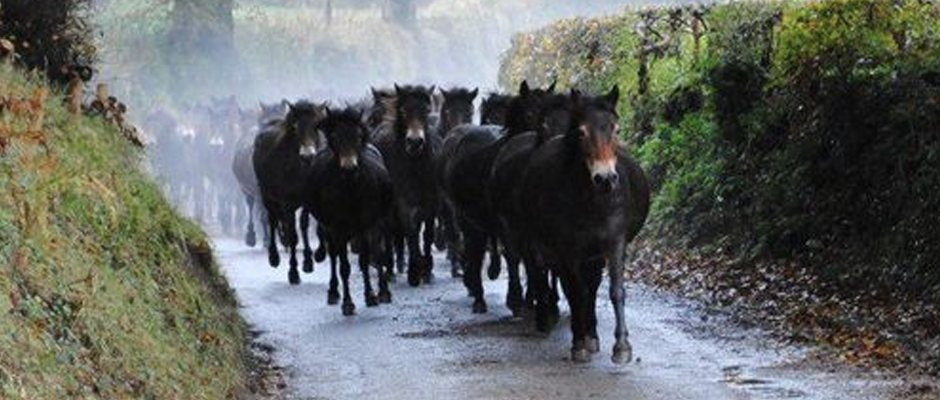Travelling along, looking out of the window, have you ever wondered why…
One field is full of buttercups, then in the adjacent field there are none at all?
I have, so I tried to find out why?
It turns out that the golden field of buttercups, has most likely been overgrazed by horses!
Horses “scissor like” grazing action allows them to graze very close to the soil.
Horses have 5 points of contact with the ground, 4 hooves and their mouth. As they walk about grazing they are continually compacting the ground, so imagine the damage a herd can do.
The grass becomes stressed and the soil beneath compacted. If bare patches appear, it provides the perfect opportunity for the invasive buttercup to take hold. Wet compacted soil, they love it!
Good pasture management is the best way to try and get buttercups under control.
Rotational grazing of fields/paddocks, mowing/harrowing are all good practice.
If you have to resort to spraying, consider an organic option as commercial sprays can be harmful to your horse. Do not allow horses back on to the land for several weeks after spraying, to stay safe.
The best time to kill buttercups is when they are growing, but before they flower. In the northern hemisphere, around March time. Buttercups germinate late autumn, so by this time healthy pastures from good land management should prevent the weed from spreading.
Do not relax your management efforts over the winter period though.
Overgrazed pastures will lead to more buttercups in the spring!
They are a tenacious perennial, so It is hard to eradicate them completely.
Buttercups are a weed and are toxic to all livestock. They can cause blistering of the mouth and muzzle, which may be misinterpreted as sunburn. Also ingested buttercups may cause diarrhoea/colic. Buttercups are unpalatable, so providing that horses have access to other forage, they would choose not to eat them.
Ideally horses should be removed from a field of buttercups, but if this is not an option, it is advisable to give them free choice hay in the field.
It is important to know that when grass is cut for hay, the toxin in the buttercups is deactivated so the hay is safe for horses.

